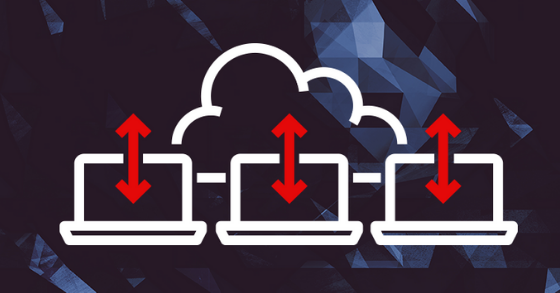Cloud hosting technologies are widely deployed, and are replacing traditional hosting solutions considerably. Unlike traditional hosting, the deployment of resources is not on a single server with the cloud, but on a network with connected servers that can be located in different locations around the world. This allows for greater flexibility, savings through a model based on real usage, and a greater reliability since the network can adapt in case of hardware failure on one of the servers.
Many companies choose to opt for a public cloud hosting solution without questioning the other options available and the advantages and disadvantages of each of these options.
Here are 5 public cloud disadvantages that your company should consider before implementing a solution, as well known as those of Amazon, Google or Microsoft.
1. Cost Overruns
The costs of implementing and managing a public cloud solution are unfortunately often underestimated by companies. This estimate may be distorted by the limited amount of information available to allow for a full analysis of the resources needed. The implementation is often one of the reasons why cost overruns are noticeable as well as the actual use of outgoing data (Egress) and storage.
Companies may need VM instances or additional storage during the implementation of cloud applications. These costs are not usually considered when choosing the solution and are added to the bill for the time that the additional resources are required.
2. Exiting Issues
Several public cloud providers are pairing their services to create an offer that is unique to them and may make it a lot more complicated for a customer wanting to leave their solution for another. It can be difficult to change hosting providers when these measures are in place. Some of them also apply fees for the bandwidth used when the customer wants to recover their data, thereby closing the door technologically and economically to customers wishing to leave.
3. Slowness Due to Distance
Another disadvantage of the public cloud is that all of an organization's resources will not be migrated into the cloud, the data transfer between different data centers, both local and the cloud, can cause latency between applications and data hosted in the cloud. In a public cloud model, the choice of data center location exists, but may be limited, especially in hybrid mode solutions.
Because data centers are not necessarily conveniently located for the company, interactions between different systems in different locations require upstream assessment to determine the latency risks and the latency tolerated by the different systems' business applications.
If the latency is too high, it may create perceptible slowdowns for users or the closure of some applications that consider communication impossible beyond a certain threshold of acceptability. In a geolocation context, restricting options for the company can have real consequences for QoS for activities that require large data transfers such as report generation or batch job processing.
This issue is mainly seen in the interaction between local applications and remote resources.
4. Risk Management
By using the largest public hosting providers, many companies have a false sense of security. While these large providers have high security standards, many are unaware that the content remains the exclusive responsibility of the customer while the hosts are released from any accountability.
If the responsibility of the customer is not exclusive to the private cloud, it is the false sense of security that can create problems since the customers is at risk of neglecting some security measures by believing that everything has been taken care of by the supplier.
5. Rigidity of the Model
Because the public cloud solutions offer defined packages, they may sometimes lack flexibility in terms of performance adjustments. This fixity can lead to service interruptions due to a lack of performance requiring a change of instance.
To illustrate this rigidity, think of clothing sizes. We may wish to lengthen the sleeves of a jacket without necessarily widening the shoulders. In the case of a public cloud, a company does not have the flexibility to granularly manage the adjustments needed for its performance. Therefore, Adding CPUs in some cases like AWS, AZURE and Google, automatically matches and adds memory and vice versa.
This situation can lead to unanticipated excess costs as some software is charged to CPUs. The software maintenance bill can be quite high even if the customer actually only needs additional memory and the capacity is not fully used.
The public cloud includes many interesting features that allows it to meet the needs of many businesses. However, it is important to keep in mind that this solution is not appropriate for all applications, the public cloud has some disadvantages and it can't meet all the specific needs of each company.
This is why a real analysis of the various solutions available on the market is advisable in order to identify those which could best suit your company.







